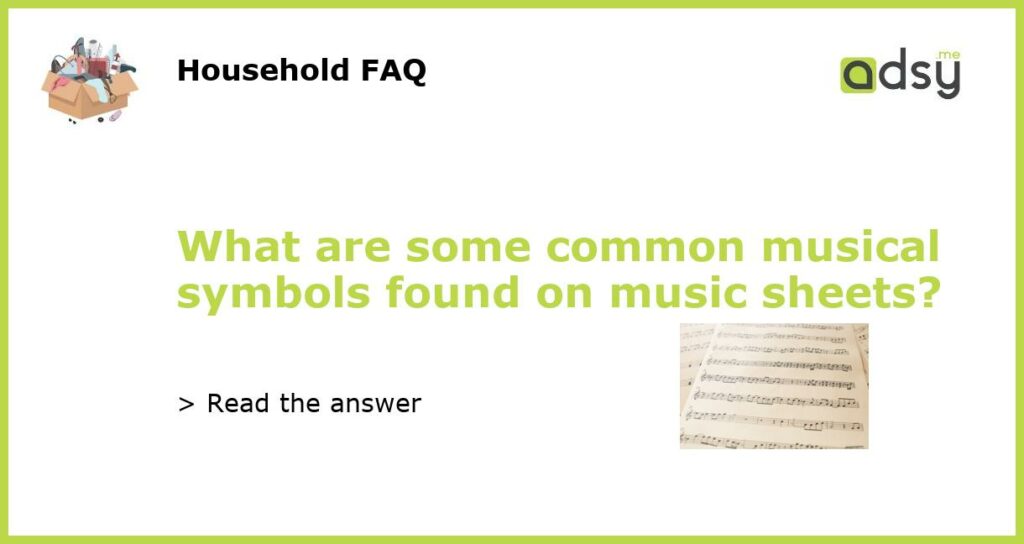Music sheets are documents that contain musical notation, instructions for playing, and other important information related to a piece of music. Music notation is a symbolic representation of musical ideas that allows musicians to visually interpret and perform a piece. Therefore, it is essential to understand the different musical symbols found on music sheets to play a piece correctly. In this article, we will explore some essential musical symbols used in music sheets.
The Staff
The staff is the fundamental element in sheet music. It consists of five horizontal lines and four spaces, where music notation is written. The notes and other symbols are placed on or between these lines and spaces to indicate the pitch and duration of the sound. A sheet usually has two staves, one each for the right and left hands, if it is a piano piece.
Notes
Notes are the building blocks of music. They are written on the staff and indicate the pitch and duration of sound. There are seven basic notes in music, namely C, D, E, F, G, A, and B, which are repeated in different octaves. Notes can also indicate the volume, tone, and other qualities of sound.
Clef Signs
Clef signs are symbols placed at the beginning of the staff to indicate which notes correspond to which lines and spaces. There are two primary clefs in music: treble clef and bass clef. The treble clef is used for higher notes, usually played by the right hand, while the bass clef indicates lower notes, played by the left hand. There is also a symbol called a grand staff, which combines both treble and bass clefs to create a larger range of notes.
Rests
Rests are musical symbols that indicate a pause in the music. They tell the musician to be silent for a specific duration before resuming playing. There are many different types of rests, each indicating a different duration of silence. Rests are also necessary to make the music easier to read and understand, as they indicate not only when to play but also when not to play.






